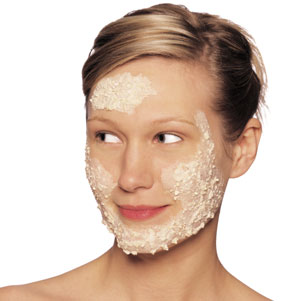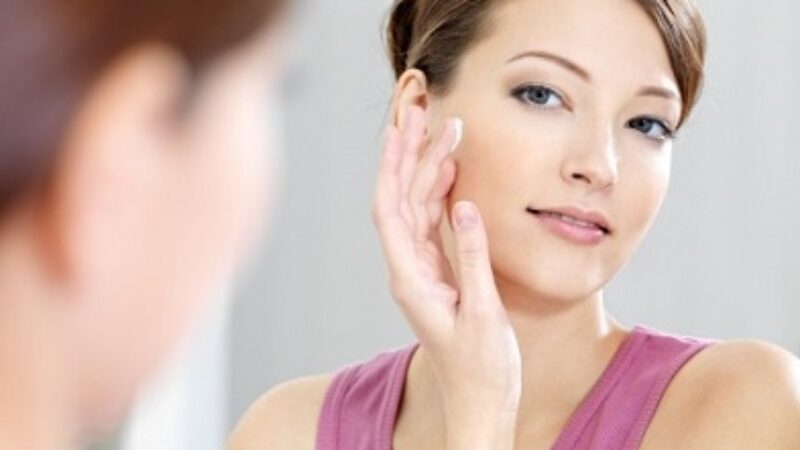Most of us are familiar with probiotics and the role they play in the health of our guts. Found in foods such as yogurt, kefir and kimchee, probiotics boost the friendly bacteria in our large intestine to help promote a healthy digestive system and give our immune system a nudge. Probiotics as an ingredient in anti-aging skin care, however, is a relatively new concept. In the same way that they work to balance the good and bad bacteria in the body, probiotics in topical skin treatments are being researched to neutralize certain inflammatory skin conditions, such as acne, eczema and rosacea, as well as potentially providing anti-aging benefits to the skin.
The surface of the skin is home to an abundance of bacteria, some good and others not so good. When the bad bacteria are allowed to flourish unchecked and feed off dead skin cells and excess oil, the skin becomes irritated, triggering an immune system response: inflammation. The theory is that probiotics applied topically may prevent the body from identifying the bad bacteria as a threat while simultaneously calming the skin enough to prevent the immune system from going into “fight” mode.
Inflammation can also contribute to skin aging by generating free radicals and leading to the deterioration of healthy cells and the breakdown of collagen. Probiotics in skin care is certainly still in the early stages of research and haven’t yet created the buzz that, say, BB and CC creams have, but the theory behind it seems to make sense on paper at least. Studies hope to establish how topically applied probiotics can help the skin retain moisture as well as stimulate the body’s own ability to produce collagen. However, with so many different types of probiotics, much work still needs to be done to narrow down which ones will best benefit the skin.
Until then, there’s nothing stopping you from applying a traditional DIY yogurt mask of two tablespoons of yogurt and one teaspoon of honey. Relax for 20 minutes while the mask does its work. The lactic acid will help exfoliate, leaving your skin soft and smooth. The 20 minutes of rest can’t hurt either.





For those of you confused about the whole probiotics in yogurt and in water and the ones you eat/drink and what not, here’s the deal: probiotics is bacteria, and just like human cells, bacteria have the ability to produce energy in an aerobic and anaerobic manner. What does that mean? There are certain bacteria that thrive in places where oxygen is available, hence the term aerobic, whereas there are bacteria that thrive through fermentation rather than cellular respiration. I know there are a lot of biological terms here, but the point is that there are some probiotics that do not need oxygen to live, which are the ones found in the yogurt. Those probiotics will not do anything to your skin if applied as yogurt because they cannot survive in the presence of oxygen; they are anaerobes. However, there are certain bacteria, probiotics of course, that do need oxygen to survive, and those are the ones you want to put on your skin. The other forms will live inside your body where oxygen is not available (fyi oxygen travels through the bloodstream to the multiple cells of our bodies that encompass all of our bodily structures, such as our organs, tissues, etc, and is not found inside the stomach, intestine, or any part of the alimentary canal). So to recap, if you want to treat acne with probiotics, do it with ones that live with oxygen and not with ones that you eat and live inside of you. Hope this helps!!
The health benefits of taking probiotics will vary from one product to another. Each strain of beneficial bacteria affects the body in a highly specific way.
Most probiotics lead to massive improvements in gastrointestinal health. They improve the absorption of nutrients, reduce the symptoms of irritable bowel disease (IBS) and ulcerative colitis, regulate bowel movements and reduce gut permeability.